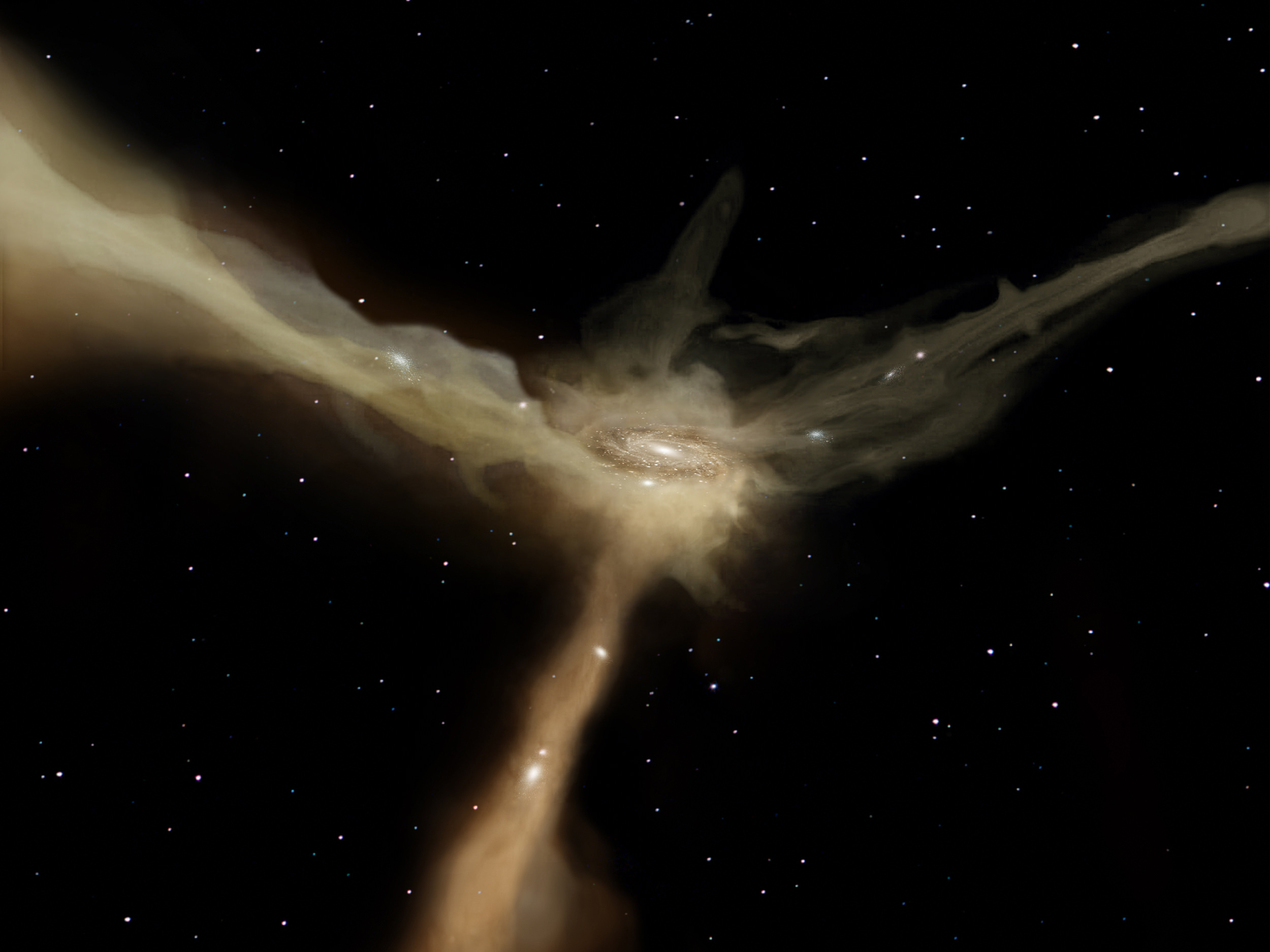A recent study published in Universe Today explores the complex structure of the cosmic web, which is composed of numerous intricate filaments of dark matter conjoining galaxies. Understanding how to measure the mass of these enormous structures is crucial for advancing our knowledge of the universe.
The Cosmic Web and Its Importance
The cosmic web is the most extensive structure observed in the universe, encompassing a vast network of interconnected galaxies. The filaments of dark matter play a critical role in the formation and evolution of galaxies, similar to how cells form tissues in a biological organism, albeit on a much grander scale. The intricate pattern of these filaments extends across millions of light-years, forming connections that bridge galaxy clusters.
This structure does not merely serve aesthetic or scientific curiosity; it harbors essential information about the universe's composition and dynamics. The cosmic web has been evolving for over 13 billion years, and its properties are intricately tied to the elusive entities known as dark matter and dark energy. Any alterations in the quantities of dark matter or dark energy significantly influence the structure and behavior of the cosmic web, producing drastically different patterns.
The Challenge of Measuring Dark Matter
Despite its significance, extracting information about dark matter and dark energy from the cosmic web poses significant challenges. The difficulty arises primarily from the invisibility of dark matter. To characterize filaments, cosmologists must rely on indirect methods; measuring the properties such as width, length, and density of these filaments is key but daunting. Conventional methods are complex and often yield indirect results.
Innovative Techniques for Measuring Filaments
The study emphasizes a new technique devised by researchers using advanced simulations that simulate both galaxy and dark matter evolution. This approach establishes a link between the velocity and movement of galaxies within the filaments and the number of dark matter present.
“This method marks a significant advancement in what we understand about the cosmos's scaffolding,” said Dr. Jane Doe, a leading investigator in cosmic web research.
Methodology: Understanding Velocity and Dark Matter
The researchers discovered a robust correlation between the galaxies' velocities and the filament's mass. The following summarizes their findings:
- The velocity spread of galaxies is proportional to the amount of dark matter in the filament.
- Higher average speeds of galaxies correspond to more significant quantities of dark matter.
- This velocity mapping technique allows for a systematic measurement of filament mass, thus revealing underlying structures of dark matter.
Progressing Towards a Unified Theory
This methodology opens new avenues for connecting filament mass with dark matter and dark energy properties. By refining the algorithm that correlates observable galaxy movements to theoretical dark matter distributions, researchers can potentially decipher the precise nature of cosmic structures.
Future Implications and Conclusions
The implications of successfully weighing these filaments are profound, influencing not only our comprehension of dark matter but also shaping the future of cosmology's theoretical frameworks. Understanding the cosmic web's structure and dynamics brings us closer to comprehending the universe's larger mysteries.
The study ultimately serves to bridge practical observation with theoretical astrophysics, paving the way for more intricate explorations of the cosmos and its composite fabrics.
For More Information
To explore further on this fascinating topic and related studies, consider visiting:
Reference: Universe Today




